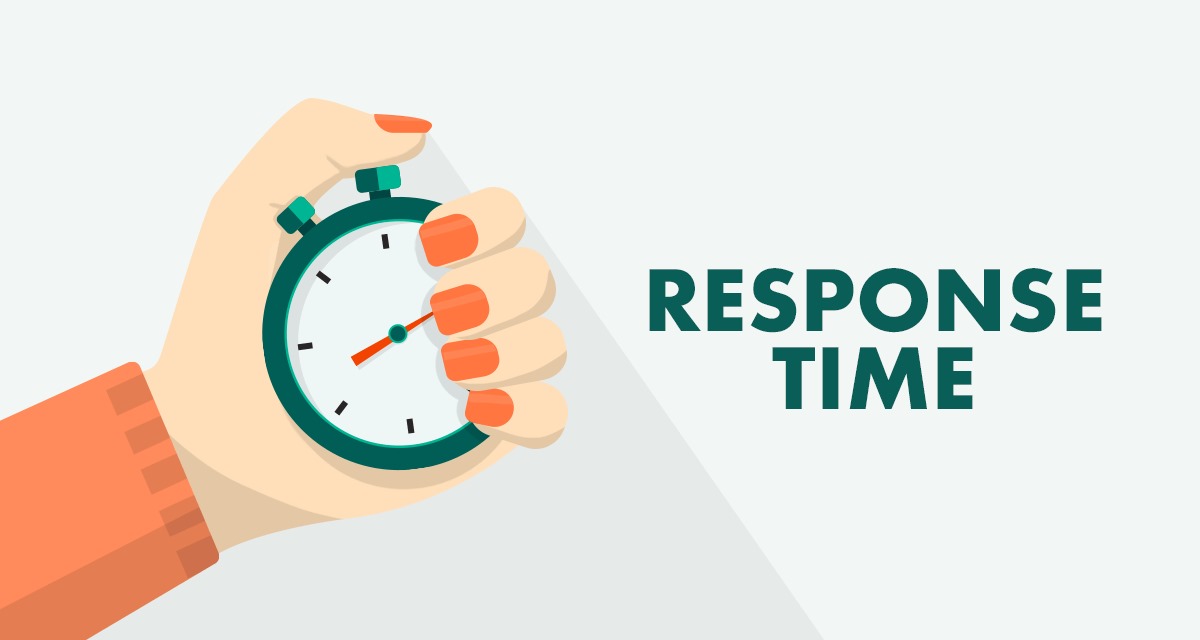What is Lead Response Time? Why You Need a Fast Lead Response Time

The lead response time metric is the average time it takes a sales team member to follow up with a contact after identifying themselves as a lead, such as downloading content, filling out a form, or answering a call. You can make this metric more impactful by segmenting your leads based on source and scoring those higher who took a high-value action. For example, a lead who requested a demo is potentially more critical to follow up with than someone who subscribed to your email.
Why You Need a Fast Lead Response Time
You’ve delivered rockstar copy and nailed your ad targeting to reach your audience. But what happens if your sales team doesn’t immediately follow up with the lead? Do they just sit in the queue? A fast lead response time helps B2B companies close deals quickly and scale. In 2020, digital advertising spending exceeded 378 billion dollars, and analysts expect it to surpass 646 billion dollars by 2024. With your customers having more information at their fingertips throughout the buyer journey, marketers are fighting hard to turn every click into a conversion. How quickly your sales teams respond to your leads can make or break your conversion rates. If you’re not responding as quickly as possible, you’re more likely falling behind. Here are a few additional benefits of a fast lead response time:
Makes your communication a key differentiator from competitors
Creates a customer-first approach that focuses on your lead’s needs
Convert leads 391% faster in closed deals
How to Calculate Lead Response Time
Now that you understand lead response time, you need to calculate and develop a sales strategy around it.
You can break the formula down into two steps:
Time/date of new lead - time/date of follow-up response = # time passed to respond
Sum of (#) time passed to respond for all leads / (#) contacts = average time passed to respond
The time passed can be counted in minutes, hours, or days depending on your speed to lead.Building this formula within your sales strategy gives your brand the best chance to convert new opportunities quickly. If you’re planning to actively report on lead response time, it’s critical to also create a dashboard and keep sales accountable. As a starting point, create a few objectives and KPIs around lead response time. Get started on these metrics:
Average time (number of minutes/hours/date) it takes sales to follow up
Number of follow-ups attempted per lead – it’s unlikely that your team will reach the prospect at the first attempt!
Average number of follow up attempts it takes to convert
Average sales cycle length (number of days/weeks/months)
Number of demos and meetings scheduled